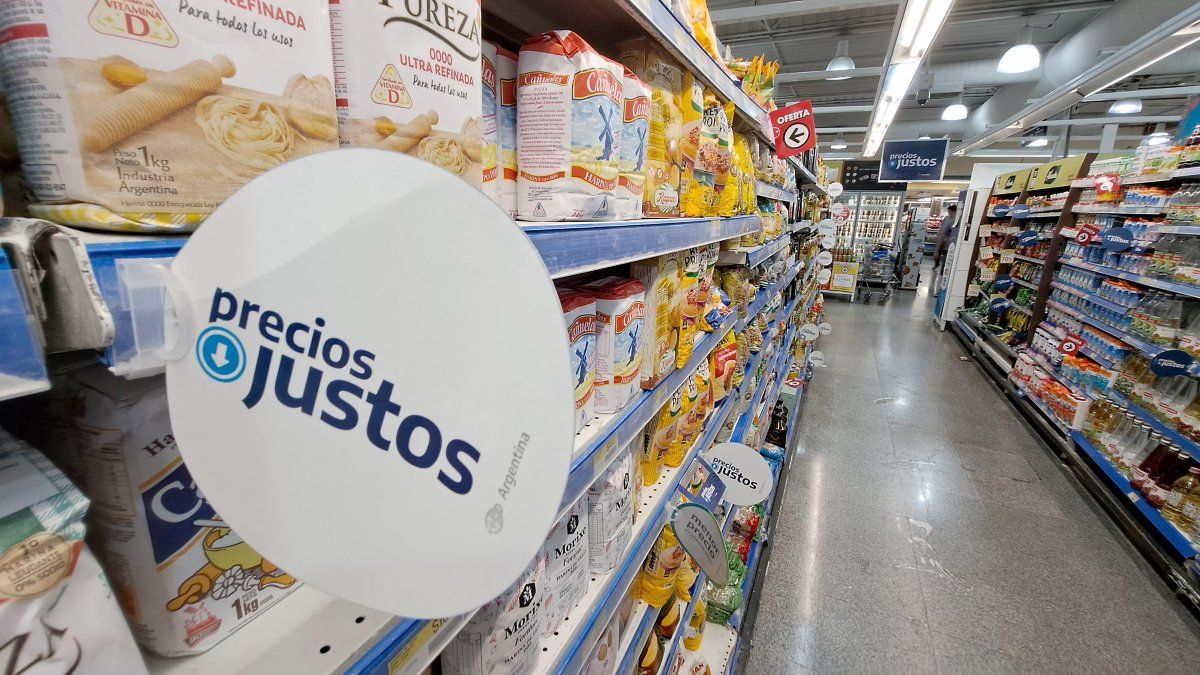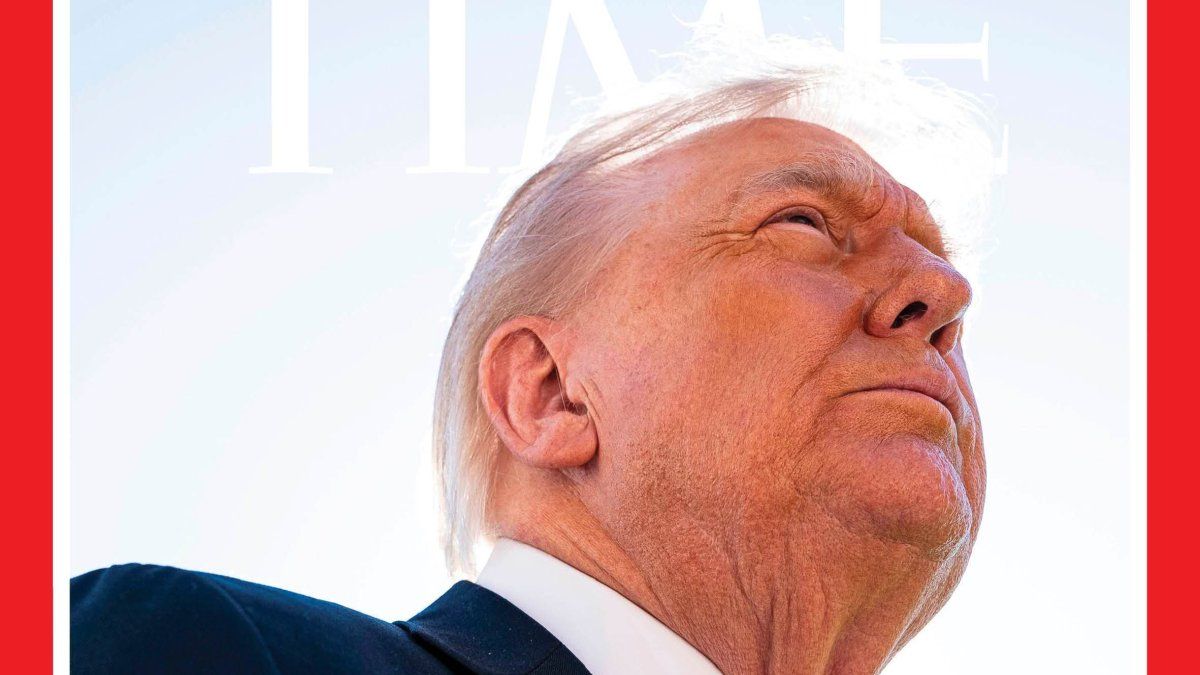The enforcement authority is the Secretary of Commerce, headed by Matias Tombolini, which is also in charge of organizing the agreements with which the Government seeks to set inflation expectations at around 4%. These negotiations, which unlike past instances are made signature by signature and not through the chambers that group them, are discussed with data on the companies on the table. Access to official dollars, average increases, earnings, are some of the variables that are analyzed.
In this framework, firms usually hold other links in the value chain responsible for any irregularity that occurs with a product. Now the Government will have more tools to make this debate transparent. An official document that Ámbito was able to access highlights that the Observatory will have among its powers to require “all documentation related to the business line of the company or economic agent”, although it stresses that “the information will be reserved and confidential”.
It will also be in a position to request reports from public or private organizations, and may recommend to the enforcement authority the publication of prices and availability for sale of inputs, goods and services. Along the same lines, the text shows that the Ministry of Commerce “may entrust the Observatory with the preparation of a technical opinion on prices and/or availability of inputs, goods and services.”
The first meeting was held last week. As explained to this medium by one of the attendees, it was agreed to set up some nine working groups. Some of them will be dedicated to monitoring specific items such as textiles, food, logistics or the financial sector. On the other hand, there are others that will put “monopolies, oligopolies, extraordinary profits or widespread inputs as a whole” under the magnifying glass.
This was defined, but not before some crossroads carried out by the representatives of sectors that preferred that there not be a specific table for their field. Of course, everything could be included in more general categories where the discussions are dissolved. In any case, the most immediate task of the Observatory will be to select specific value chains to study them in depth and detect possible distortions.
All this happens while the Minister of Economy, Sergio Massa, expects to receive the first significant relief on its most complex front, inflation. In the Palacio de Hacienda they assure that in December, when the INDEC announces inflation for November, the symbolic floor of 6% will be drilled. Something that had not happened since June, prior to the sudden resignation of Martín Guzmán.
Both Massa and his deputy minister Gabriel Rubinstein continue to bet on their “step by step” plan. Accumulating reserves, “ordering” the fiscal issue and aligning expectations are the central axes. With this combo, they hope to lower inflation rates by one point per two-month period. It is likely that in the next few hours there will be news and more sectors will join the price agreement with which an attempt is made to reduce inertia.
If there are more agreements, more controls will also be called for. As this medium was able to find out, a new meeting of the Observatory is already scheduled between December 5 and 14 to begin discussions at the nine work tables. There is also an agenda scheduled for January, February and March. The old formula: carrot and stick.
Source: Ambito
David William is a talented author who has made a name for himself in the world of writing. He is a professional author who writes on a wide range of topics, from general interest to opinion news. David is currently working as a writer at 24 hours worlds where he brings his unique perspective and in-depth research to his articles, making them both informative and engaging.




